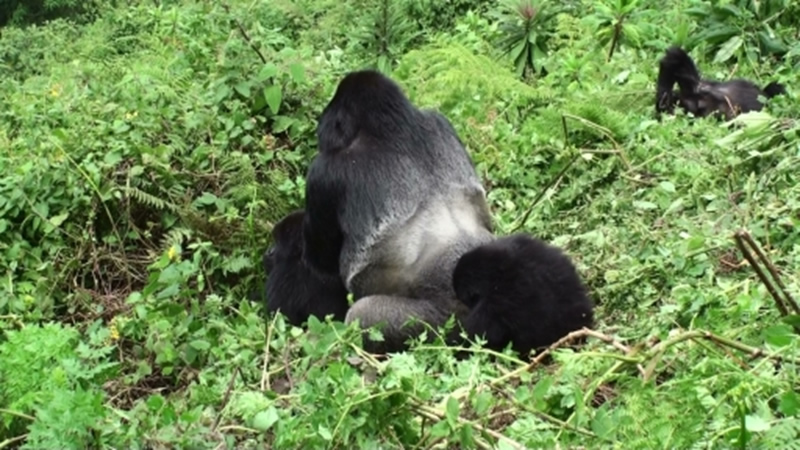Efforts to save mountain gorillas have been through challenging series looking back at the past years since gorilla conservation efforts started in Africa. In Africa, mountain Gorillas are found in the Virunga volcano region of Eastern side of Africa, which is historically a region known for its series of incursions by rebel militias creating a very insecure atmosphere for the local people as well park rangers, who at least knew safe places to walk without fear of falling into traps and avoid land mine.
It should be noted that gorillas are wild animals which move freely in the jungle to search for food and water.
In 1970’s, Gorillas were being threatened by a number of factors hindering their lives. Apart from insecurities, there are a number of factors like Poaching, Encroachment of forest lands forcing gorillas to constantly migrate, Diseases and Illegal Gorilla Trade among others.
Dian Fossey an American primatologist struggled to save the mountain gorillas in Rwanda and Democratic Republic of Congo (DRC). She setup a gorilla study site at Karisoke, located in Rwanda, between Karisoke and Visoke mountains. She finally lost her life in the struggle to save gorillas – the poachers stubbornly killed Dian Fossey and were buried in Volcanoes National park, Rwanda.
Today, a lot of effort has been invested into mountain gorilla conservation with all problems, which were affecting gorillas addressed. Gorilla numbers have gone up from less that 250 gorillas to over 1000 gorillas surviving in central and East Africa.
How ecotourism is saving gorillas
Dain Fossey envisioned that introduction of gorilla tourism as the only way to help save gorillas. With the foreign exchange earned from gorilla safaris, funding conservation projects would be easy to manage. It should be noted that, gorilla tours are a major income earner for the countries where gorillas are located. For example in 2006 – 2013, mountain gorillas found in Uganda, Rwanda and Congo hosted more than a million tourists generating US$75m (£44m) and about 90% of the countries’ annual foreign income earning.
In 2005, the Rwanda government introduced an annual profit sharing scheme, where 5% of income earning from gorilla tourism is ploughed back into the disadvantaged local communities surrounding the national parks to help in local project development programs so as to improve their living standards like construction of roads, water and sanitation, health unites and low treatment costs. It should be noted that communities living around national parks are densely populated with high poverty levels and poor sanitation but as they benefit from Gorilla tourism, we hope for them a bright future.
Introduction of strict rules which must be observed by all tourists going to visit gorillas in Rwanda, Uganda and Congo. These rules were set to protect the endangered mountain gorilla species from threats like diseases from human beings like tuberculosis, diarrhea and influenza which are very deadly if they catch gorillas yet they (gorillas) have low immunity to human diseases.

Leave a Reply